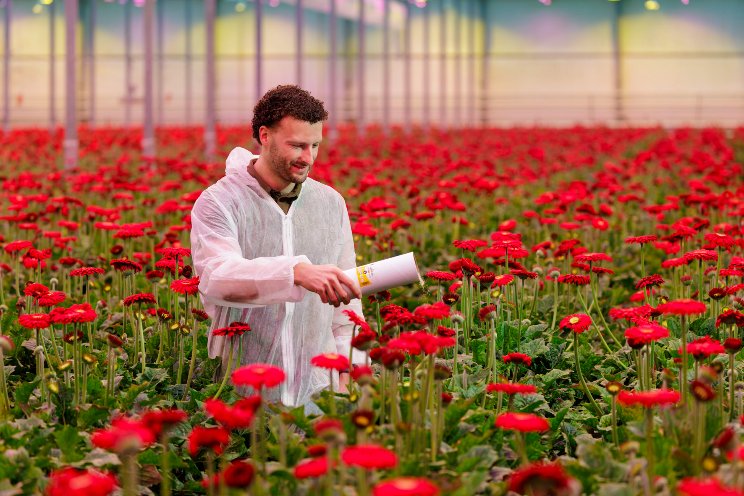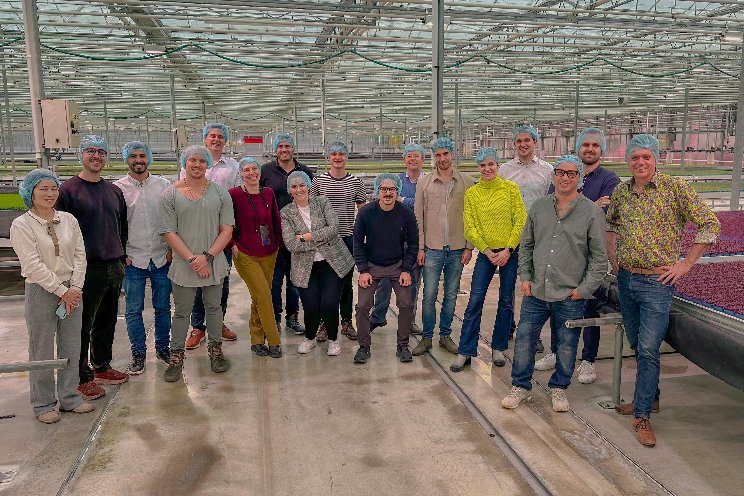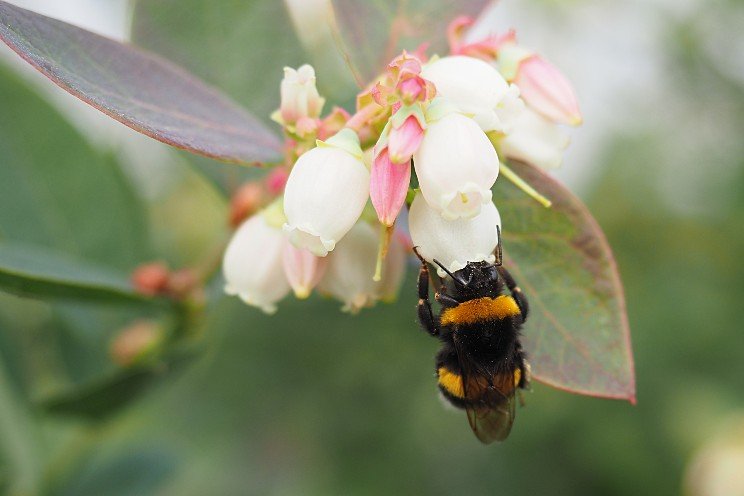Nutrient deficiencies in cannabis
Added on 05 May 2023

In this article, we will look at two studies with direct practical use for growers. Namely, “Characterization of Nutrient Disorders of Cannabis sativa” by Cockson et al. (2019) and “Foliar Symptomology, Nutrient Content, Yield, and Secondary metabolite Variability of Cannabis Grown Hydroponically with Different Single-Element Nutrient Deficiencies” by Llewellyn et al. (2023). These studies describe the progression of nutrient disorders with pictures and leaf tissue analysis. We chose to highlight these articles as they provide us with high-quality photos and descriptions of the disorders during different crop phases.
Macronutrient deficiencies
Before we look at nutrient disorders, it is important to understand what a healthy plant looks like. Normal cannabis plants have a dark green colour for most of the production cycle. Don’t be alarmed when fan leaves start to turn yellow (a process called chlorosis) during the final weeks of flowering. This type of chlorosis is normal and occurs often even when all nutritional needs are met. Keep this in mind when diagnosing nutrient disorders in the last weeks before harvest.
Photo: Cultivators
More news















